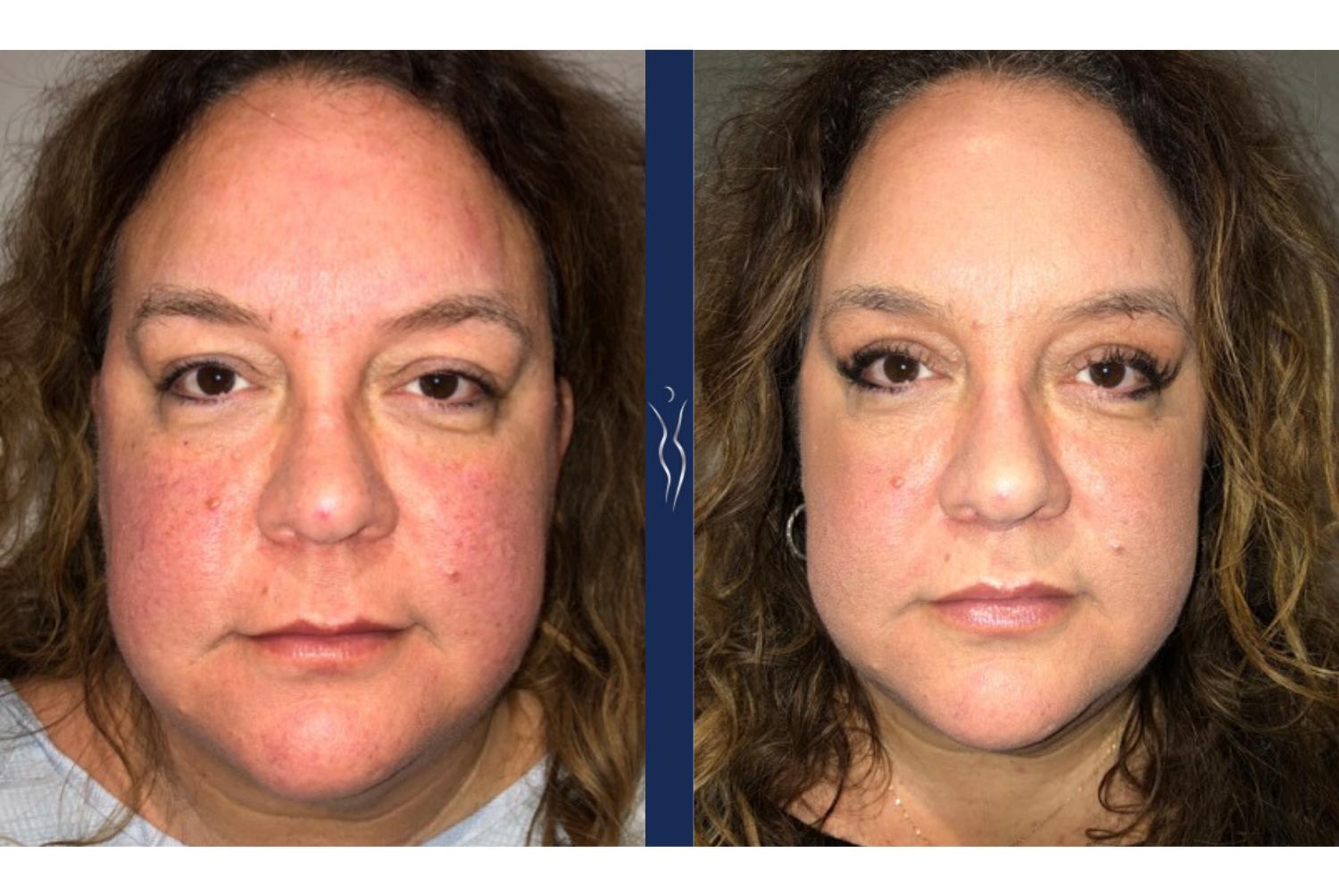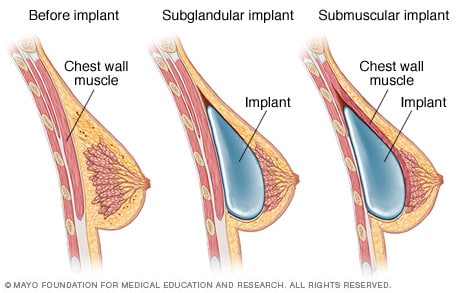
There are many causes of eye asymmetry. It is essential to know the causes and how they can be treated. The next step is to choose the best surgical option. The asymmetry within the eyelids should be included in any surgical plan. Eyelid asymmetry is treated with removing or reshaping of the eyelids.
Periocular asymmetry
Periocular alignment is caused by changes to the volume, shape, position, and positioning facial tissues, in particular the orbit and around your eyes. Changes in the position and size of the eyeslids as well as in the pupil size are common causes. This type of asymmetry is most common in unilateral cases and may be caused by reduced tissue volume due to congenital hypoplasia. Common ocular disease symptoms include strabismus, third eyelid protrusion, and eyelid asymmetry.
Assessing the subjective impression of facial harmony is the first step in assessing whether periocular asymmetry has occurred during aesthetic or reconstructive procedures. This should take place within the first few moments after a patient is contacted. The eyes are the focal point of the face, so first impressions are particularly important. This is because the eyes can determine a person’s personality as well as their visage. The initial impression may change as time passes and a person interacts with others.

Causes
There are many reasons eye asymmetry can occur. It can also affect the structures surrounding the eyeball like the eyebrow, brow bone and eyelids. Trauma or tumors can also cause it. Although most cases are normal, some can require medical attention.
Eye asymmetry may be a sign of a brain disorder in rare cases. It could also be caused by strokes or other disorders that affect brain nerves. A second cause is severe migraines. For severe cases of asymmetry, consult your physician immediately.
Treatments
There are many treatments for eye asymmetry. They vary depending on the severity of the asymmetry. Surgery is sometimes required to correct severe asymmetry. Cosmetic procedures can be used to correct mild asymmetry. These treatments can improve vision or prevent future problems.
Trauma is the leading cause of orbital paralysis. Although they are often not visible, a wide range of traumas can cause soft tissue injuries. One example is an orbital fracture that can lead to hypoglobus (or enophthalmos) or concussion induced ischemia (or both). An upper eyelid asymmetry or enophthalmos can also be caused by a stroke.

Prevention
Although the causes of eye asymmetry are not entirely understood, there are certain steps that people can take to address this condition. These include lifestyle changes and medical procedures. The aim is to improve the appearance of your eyes. Although it is not a cure all, the results can be pleasing to the eyes and help improve self-esteem.
First, evaluate periocular harmony. Before undergoing surgery, the patient must be checked for periocular asymmetries. This includes identifying the cause and components of the asymmetry. Next is the selection of the most appropriate corrections. Although large inequalities are obvious during preoperative evaluations, they may not be apparent until the surgery. Additionally, soft tissue may be removed during surgery to reveal underlying asymmetries.